Explore Macedonia’s Top Natural and Historic Treasures
A crossroads between East and West, this tiny country is a treasure chest of historical monuments, natural wonders, and vibrant culture.
Macedonia might be one the world’s most fascinating, and underpublicized places, tucked between Greece, Albania, and Bulgaria on the Balkan Peninsula.
Explore Skopje

Home to more than half a million people, Macedonia’s capital is a quirky blend of old and new. The first landmark to catch your eye is the 217-foot-high Millennium Cross which crowns Vodno Mountain. A cable car whisks sightseers to the summit for easy viewing.
Also commanding attention is Kale Fortress, which has been presiding over the city since the sixth century A.D. Amble up the hill to venture inside the walls, partially built with stones from Scupi, a nearby ancient Roman city that has been crumbling into red poppy fields since an earthquake in A.D. 518.
A short stroll brings you to Skopjes’s downtown square, a unique medley of architectural styles. Looming statues—including a huge Alexander the Great—are juxtaposed against baroque and neoclassical buildings and an Arc de Triomphe. Spouting fountains and colored lights add to the pizazz.
Cross the Stone Bridge and explore the Old Bazaar, where narrow, cobblestone streets have been alive with commerce since the 12th century.
Rock climb or kayak in Matka Canyon
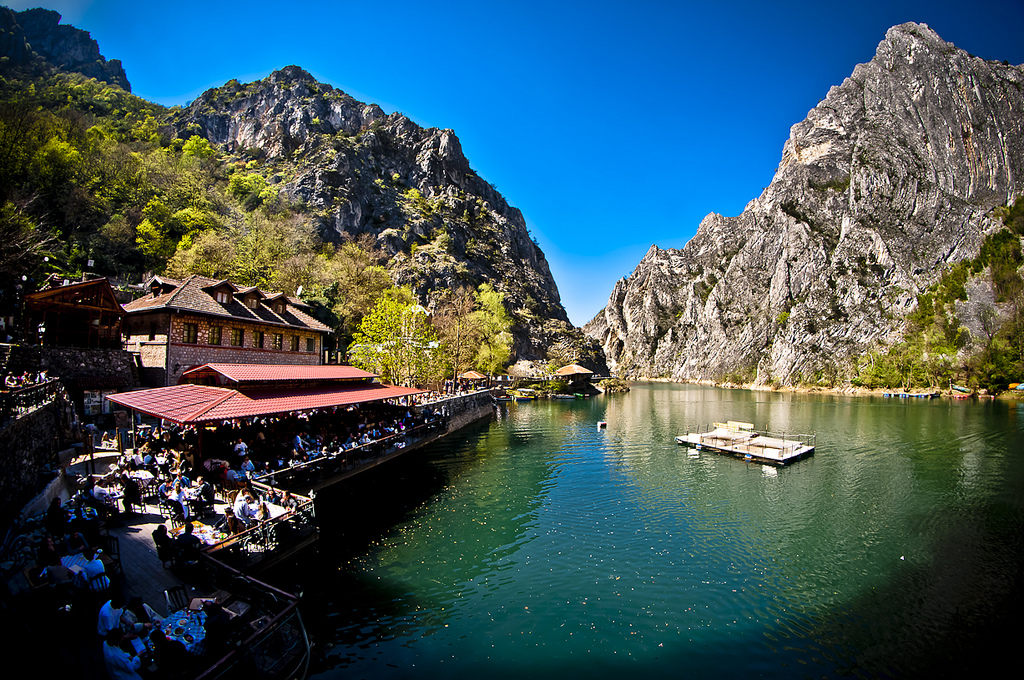
Less than 10 miles from Skopje is Matka Canyon, where the Treska River weaves past limestone cliffs before pooling in the emerald Matka Lake. Drive to the end of the road and nab a table on a stone terrace at the Canyon Matka Hotel’s lakefront restaurant. Rent a kayak and paddle upriver to Vrelo Cave, a deep chasm with lit pathways and wooden steps that leads to underground lakes. For those with less pep, motorboat tours are available. Matka Canyon is also a magnet for rock climbers.
Hike the hills of Mavrovo National Park
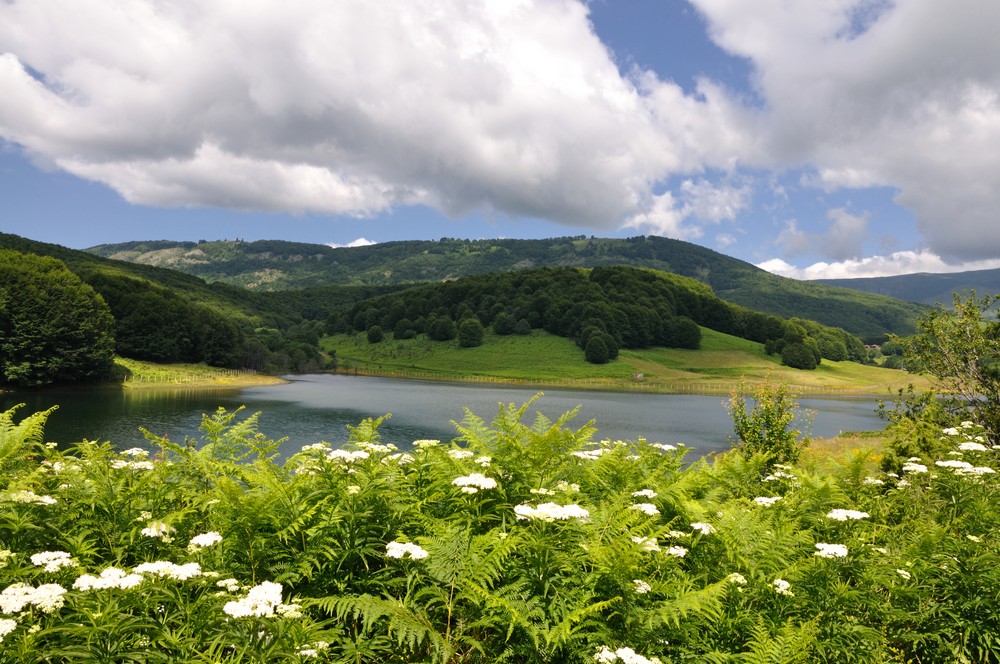
Mavrovo is Macedonia’s largest national park, cradling the country’s highest peak: the 9,068-foot Mount Korab. Bears, lynx, wolves, deer, and 129 bird species roam the rolling forest and highlands of the park. From there you can explore the park by foot, horse, mountain bike, or kayak. Winter is also a good time to visit—with your skis in tow.
Dive into history in Ohrid

Click your heels in Ohrid and you might think you’ve been transported to the Mediterranean. The crystal clear waters of Ohrid—one of the world’s oldest lakes—date back more than a million years. Tucked along the lush, hilly shore is the city of Ohrid, home to 56,000 people and one of the oldest settlements in Europe. The entire region is designated as a UNESCO World Heritage property.
Ohrid’s importance in religious history is evident in dozens of historic churches and monasteries, such as the Church of Saint John at Kaneo, which occupies a prominent perch on the edge of the lake. While stunning, it might be outdone by St. Panteleimon, the world’s oldest Slav monastery, where the intricate rockwork has been meticulously restored.
Wander the bustling streets of the Old Bazaar before venturing farther afield. To the south, Galicica National Park straddles a big hump between Ohrid and Prespa Lakes, which can be viewed from the 7,395-foot peak of Magaro Peak. Afterward, hop on a boat at Prespa Lake to Golem Grad, also called Snake Island. Yes, there are snakes, and more than 200 species of birds, including pelicans. Also check out the beautiful frescoes in the 14th-century St. Peter’s Church.
Indulge in food and drink
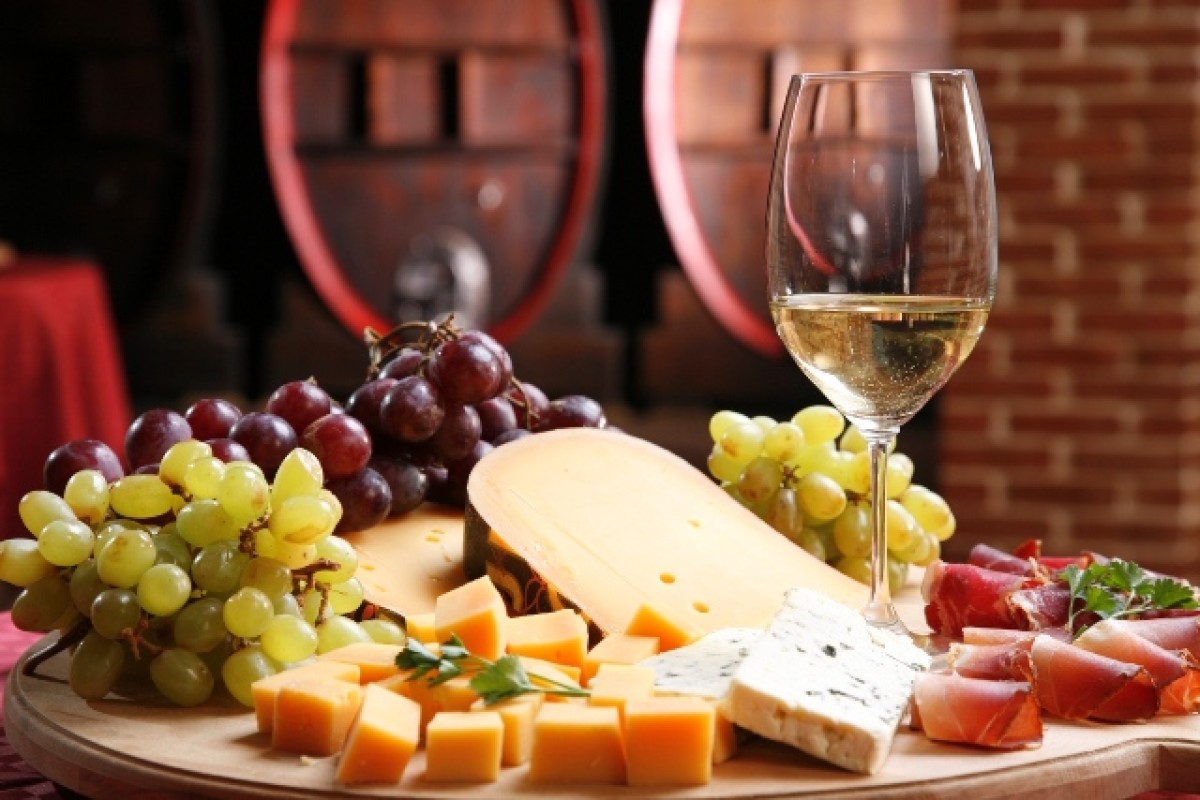
One thing is for certain in Macedonia: You won’t go hungry. Forget about the clock at mealtime and prepare for a feast. Macedonian cuisine blends Turkish, Mediterranean, and Balkan themes. Pita, or “salty pie,” is a mainstay— a warm, doughy treat filled with spinach or cheese. It often starts a meal, along with ajvar (a red pepper and garlic sauce) and shopska salad of tomato, onion, cucumber, and green pepper topped with tangy sheep cheese.
Don’t be fooled into thinking the starters are the whole meal. The main course might be a hearty bean stew, peppers stuffed with ground meat, grilled lamb, or perhaps all three. Pair it with fine wine from one of the country’s 84 wineries—or your host’s home brew.
The national drink is rakija—a fiery brandy that burns your throat. You might have one too many, as Macedonians seem to find many reasons to say cheers.
Paragliding – See Macedonia from the top
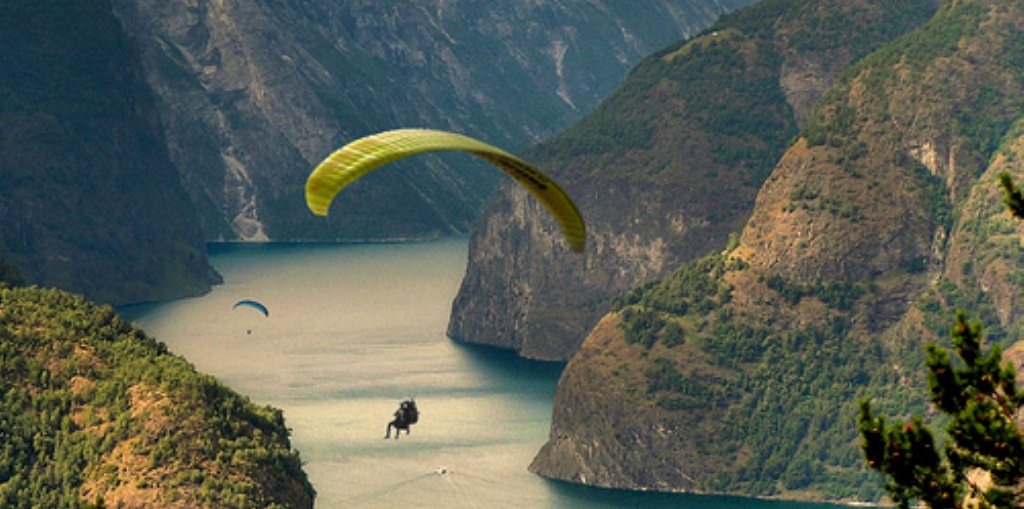
Macedonia is truly an amazing country for adventure sports. The mountaneous region in Skopje and Mavrovo, the beautiful view upon Ohrid Lake and the rocky region in Prilep will for sure take your breath away. Macedonia has several profesional paragliding clubs where you can get full equipment and professional guides for this sport. Dont miss the chance to fly over Macedonia, with or without experience, we can take you to your paragldiing ride for ultimate enjoyment. Paragliding as a recreational and competitive adventure sport of flyingparagliders is widespread all over the country. These regions have amazing landscapes that are certainly worth to be seen. No experience is necessary.
Horse riding
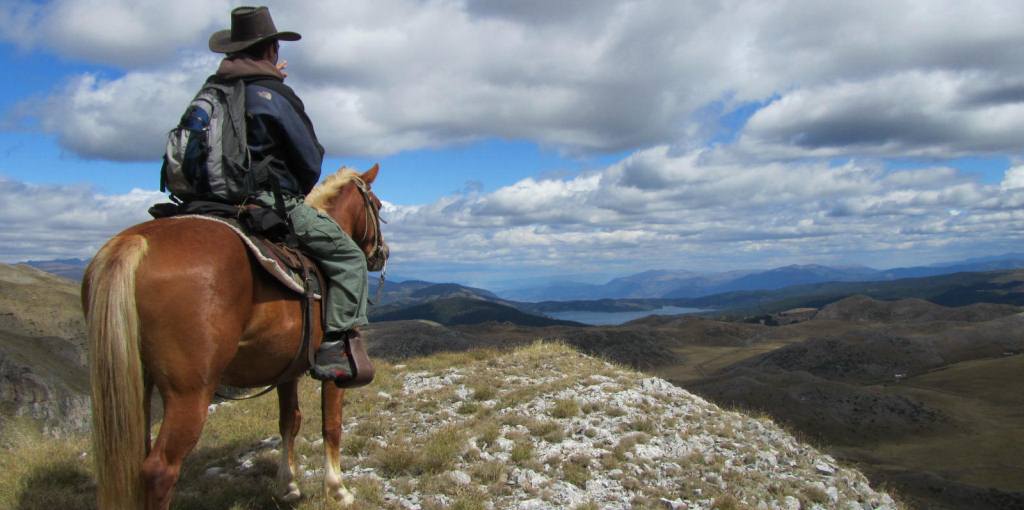
In Macedonia it would not be extraordinarily to see horse being used as a mean of transportation, however, only in the mountainous villages. Besides that, mostly, the horses are being used as a tourist attraction. Horse riding offers benefits beyond simple enjoyment; physically, mentally and emotionally and in our country this will certainly be a very different way to experience the nature and the irreplaceable beauties that have disappeared under the conquest of “civilization” of our time.
Mountain Biking – The real feel
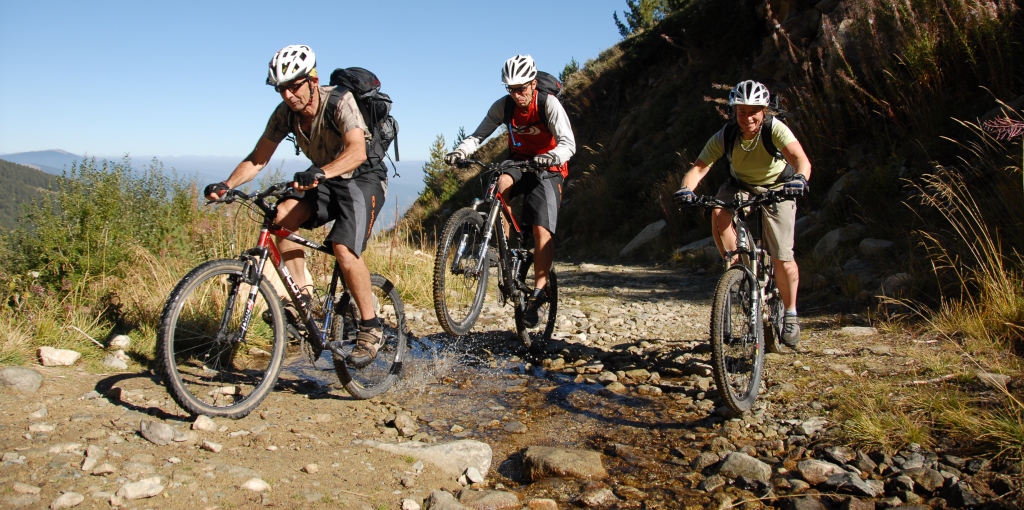
Mountain biking is a great sport to practice in Macedonia, with more than thousands of off-road and dirt tracks. Each mountain club rents out bicycles and organizes regional mountain-bike tour and smaller local tours. As a clubs they also promote developing biking trails in Macedonia as well as local sustainable tourism to historical and natural sites of interest.